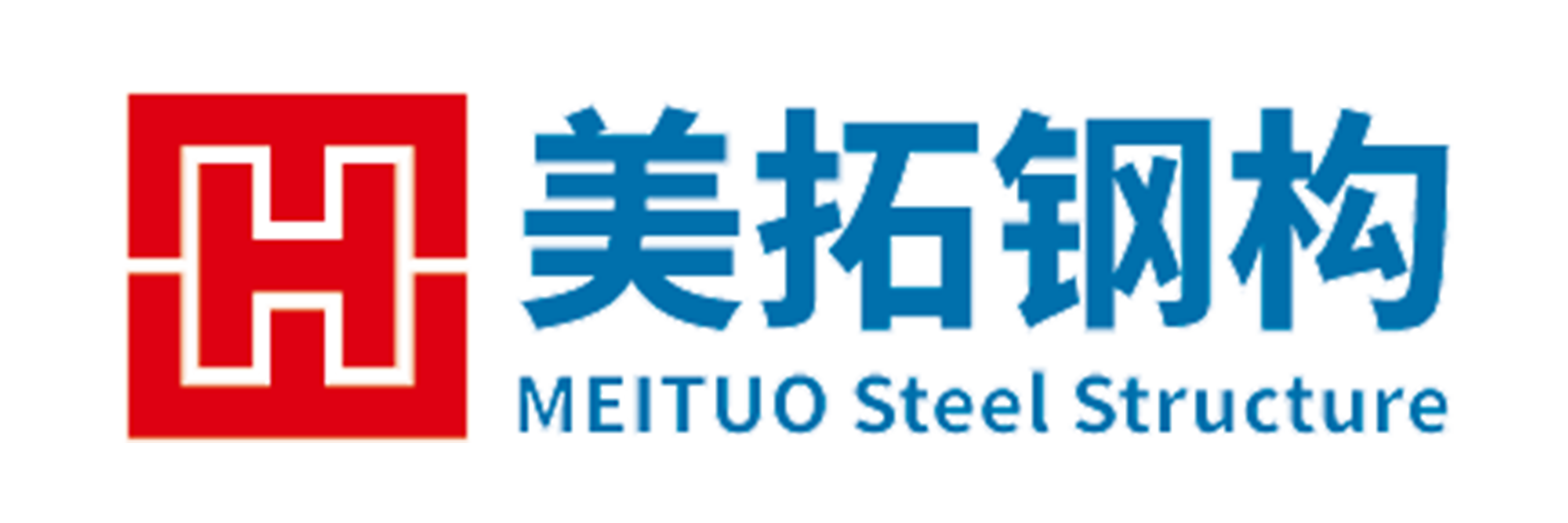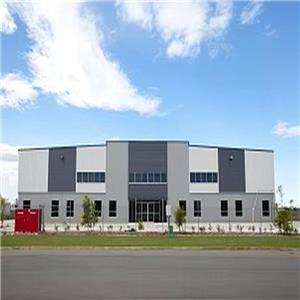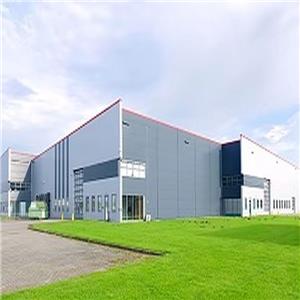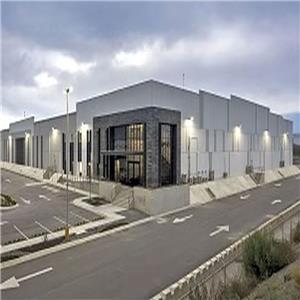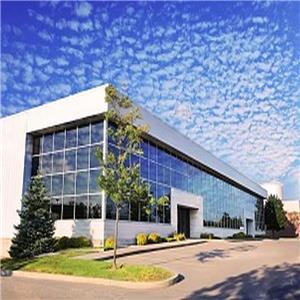How to Become More Professional in Steel Structure? — Meituo Steel Structure Conducts Regular Staff Training to Enhance Expertise
1. Introduction: Professionalism is the Foundation of Steel Structure Enterprises
In today’s fast-developing steel structure industry, competition is no longer only about products; it’s about who is more professional, who follows standards, and who understands clients better.
Meituo Steel Structure adheres to the principle of “winning trust through professionalism and promoting growth through learning.” By conducting regular steel structure training, employees are equipped with the latest industry standards, design concepts, and construction norms, forming the company’s core competitiveness.
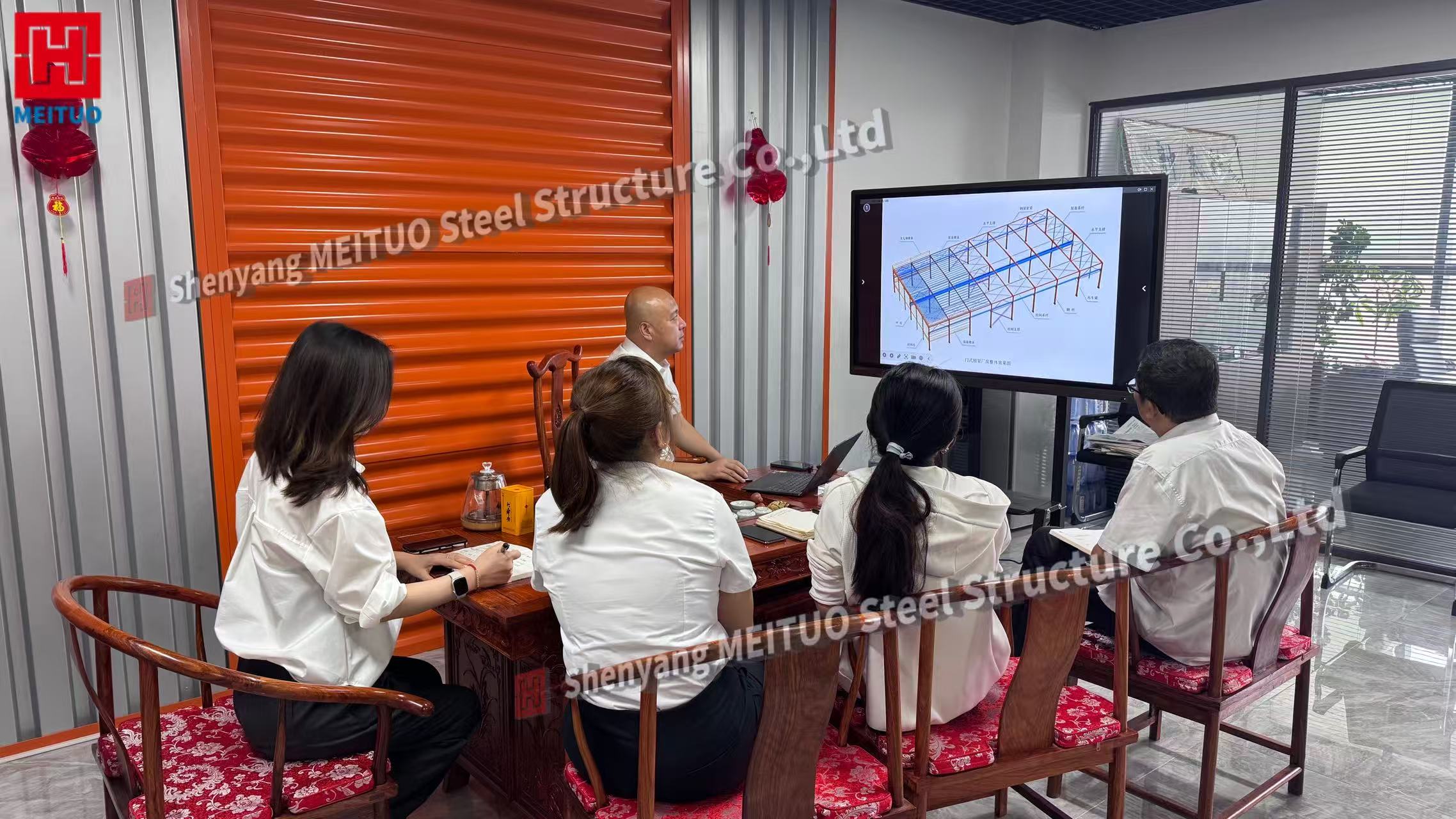
2. Training Objective: Turning Every Employee into a “Steel Structure Expert”
Steel structure projects involve design, manufacturing, welding, installation, inspection, corrosion protection, and quality control. The training objectives of Meituo Steel Structure include:
Systematically mastering the steel structure knowledge system;
Enhancing understanding of construction, installation, and quality management;
Strengthening standardized operation awareness;
Promoting interdepartmental communication and consistent professional language;
Driving the company’s business capabilities toward greater professionalism.
3. Training System: Comprehensive Improvement from Basics to Professional Level
3.1 Basic Knowledge of Steel Structures
The training starts with the definition, components, load-bearing characteristics, and applications of steel structures, including H-beams, box beams, trusses, and grids, ensuring a unified professional understanding among all employees.
3.2 Principles of Steel Structure Design
Senior engineers from the technical department cover design workflows, node design, load analysis, software modeling (PKPM, Tekla, SAP2000), seismic and wind-resistant design. Real project cases help employees understand the combination of theory and practice.
3.3 Manufacturing and Welding Technology
Content includes steel classification, cutting, welding, quality inspection, corrosion protection, and process standards. Live demonstrations and process videos ensure employees grasp key points in manufacturing and quality control.
3.4 Construction and Installation
Training covers lifting schemes, component assembly, node connection, bolt tightening, measurement correction, and safety regulations. Field experience sharing allows employees to acquire practical construction skills.
3.5 Quality Management and Inspection
Quality standards, inspection processes, traceability, and corrective measures are explained to strengthen employees’ quality awareness, ensuring all projects meet high standards.
3.6 Safety Management and Responsibility Awareness
Through safety case studies and field simulations, employees learn lifting safety, high-altitude work protection, and emergency plans, cultivating responsibility awareness.
3.7 New Technologies and Industry Trends
Training includes BIM modeling, digital construction, smart welding, high-strength steel, green building materials, and modular steel structures, helping employees stay updated with industry developments.
4. Training Method: Combining Theory with Practice
The training adopts a “theory + case study + practical exercise” approach.
Employees study design drawings in the classroom, observe manufacturing and construction processes in the workshop and on-site, and participate in hands-on exercises. Group discussions and assessment mechanisms ensure learning is continuous and measurable.
5. Training Outcomes: Significant Improvement in Professional Capability
After training, the company has achieved:
Sales and project teams: better communication with clients and ability to offer optimized structural solutions;
Design teams: proficient in the latest software and standards, improving drawing accuracy and efficiency;
Manufacturing and installation teams: strict adherence to process standards, reducing rework;
Quality management teams: comprehensive traceability systems;
Project management teams: improved safety control and scheduling.
Overall, the training enhances the company’s professional capabilities and strengthens its competitiveness in the industry.
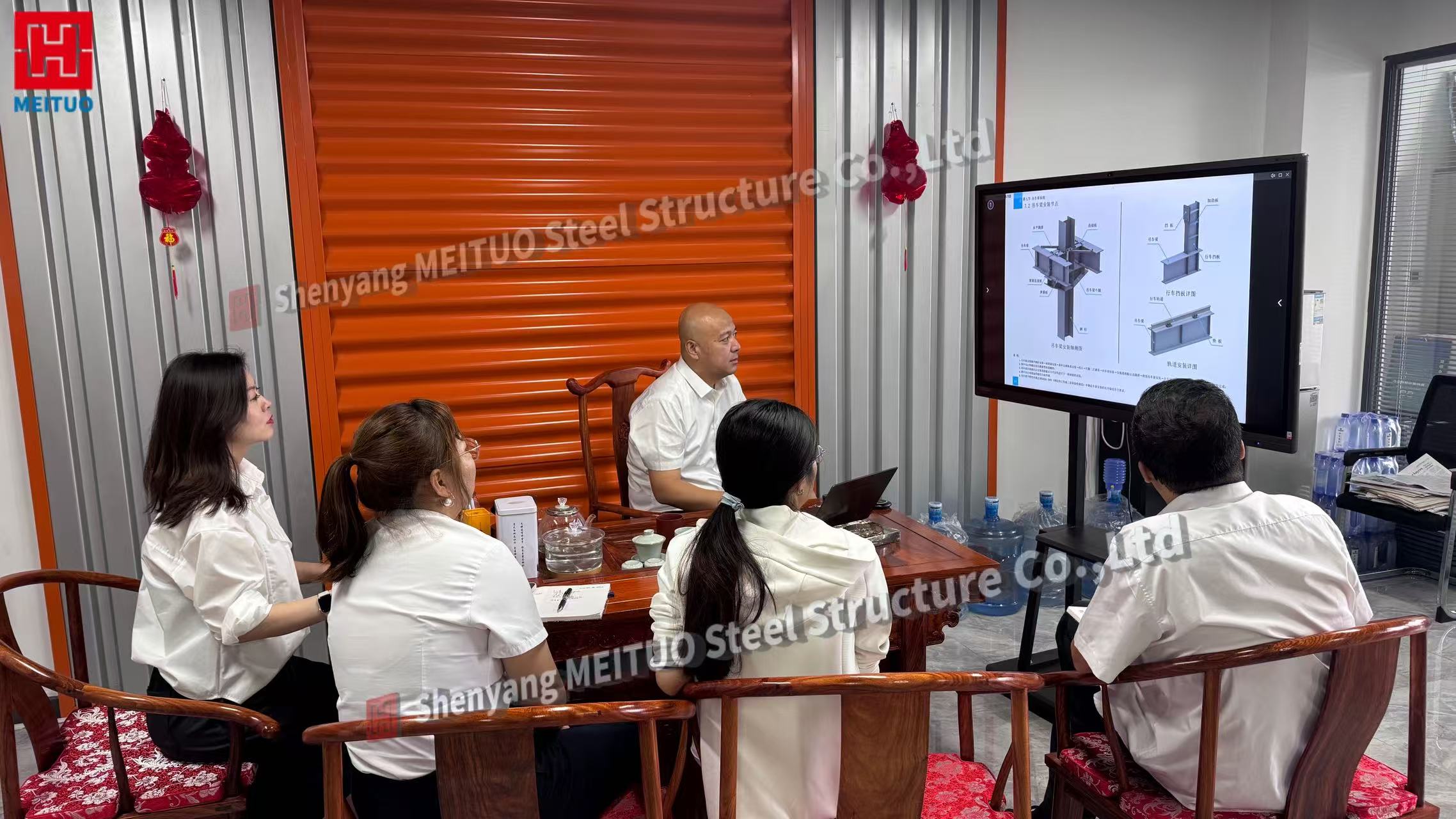
6. Future Plan: Institutionalize and Regularize Training
Meituo Steel Structure plans to institutionalize quarterly training, establish position-based training systems, create an internal knowledge repository, develop online learning platforms, and implement a skills certification system, forming a continuous learning loop to cultivate a highly professional steel structure team.
7. Conclusion: Continuous Learning Leads to Greater Professionalism
For Meituo Steel Structure, professionalism stems from continuous learning, improvement, and attention to detail. Regular training not only enhances the team’s overall skills but also creates a learning-oriented corporate culture.
In the future, Meituo Steel Structure will continue to focus on professional steel structure services, providing safe, efficient, and reliable projects to clients worldwide.
